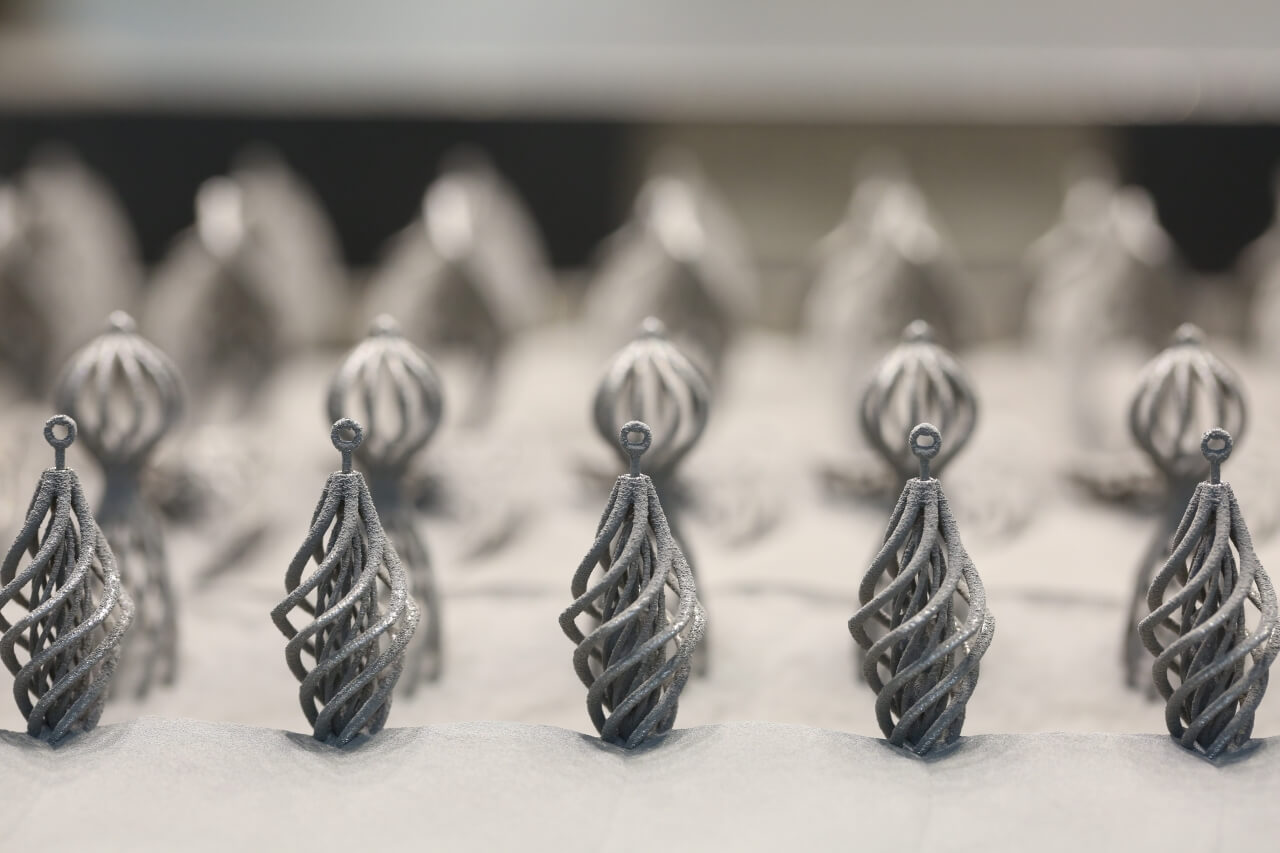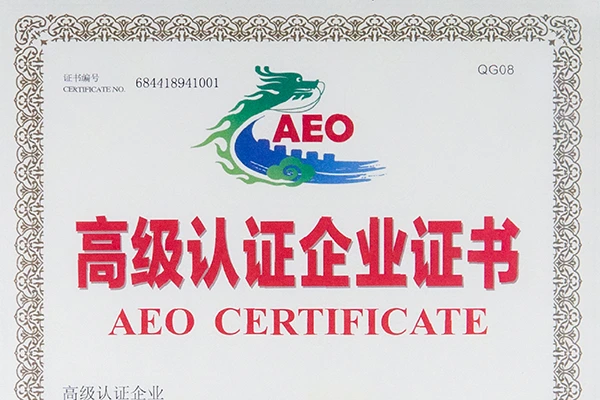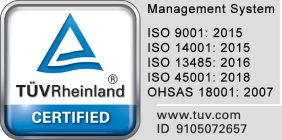Rapid prototyping means building a physical model of a new product design as quickly and as economically as possible. Some prototypes will be used merely as cosmetic mock-ups or scale models, while others must meet more demanding performance criteria. Prototypes are used for testing, design iteration and to improve overall performance through gradual refinements. For these reasons speed, flexibility and scalability in manufacturing are key attributes to look for.

Using CNC machining to make rapid prototypes can be an ideal product development solution. Here are the top 7 advantages to consider on your next project.
1. Speed
 Speed refers not only to actual production time but all the preparatory steps preceding that, including programming and material set-up. In all cases, digital manufacturing is one of the fastest ways to go from a product design to a finished or semi-finished part.
Speed refers not only to actual production time but all the preparatory steps preceding that, including programming and material set-up. In all cases, digital manufacturing is one of the fastest ways to go from a product design to a finished or semi-finished part.
CAD files can be turned into digital cutting files in a matter or hours, while actual cutting time can be measured in minutes. The resulting part is then ready for measurement, finishing (painting, sanding or other secondary processes) and shipment. Injection molding may be faster on a per-part basis, but there is a much longer set-up time to make and approve mold tools.
2. Choice
CNC milling and turning works on almost any solid stock, including hard plastics, stainless and mild steels, brass, nickel, aluminum, magnesium and many more. There are thousands of commercially available raw materials to choose from so it’s easy to find one that matches your application requirements.
And for prototypes, it’s possible to first use a less expensive and easy-to-machine variant, for example aluminum 6061, while optimizing your design. Only when the design is then perfected can you then switch to the final material, say a more expensive stainless steel. This is another way to save on development costs.
3. Economy
This means that it’s not necessary to create casting or mold tools or other complex fixtures. To be sure, dedicated tools and dies are needed for large volume production for pressure die casting or plastic injection molding. But for only a few hundred or even a thousand parts, it may make more sense and be more economical to opt instead for CNC machining.
Avoiding unnecessary expense helps product developers to instead focus their resources on design improvements, testing and certification.
4. Accuracy
Digital manufacturing using modern CNC machine tools lets manufacturers easily dial in tolerances of a few microns, or thousandths of an inch, at the press of a button
For a product developer, this means quicky making prototypes that have full production-quality accuracy and repeatability. Then, by exploiting this same accuracy, it’s easy to make further refinements to a part’s dimensions by simply tweaking the digital program.
5. Flexibility
Do you need one part? Five? A hundred? CNC machining is indifferent to volume, so it is just as effective making one part as one hundred.

This advantage is perfect for developers when they are introducing a new product to the market and are unsure about consumer response. But it’s also relevant for non-consumer industrial products that may have fluctuating and unpredictable demand cycles and therefore will benefit from the scalability inherent to digital manufacturing. This can also help developers to avoid carrying unwanted inventory for stock items that can otherwise be made on-demand.
6. Versatility
Versatility means that one machine can be pre-loaded with a variety of cutting tools mounted on a rotating carousel. Multiple tools are then called up, as needed, to machine tapped and threaded holes, complex curves, flat faces, precise angles and other geometric features – all without requiring that the workpiece be dismounted and moved to another work cell. This is time and money saved.
7. Quality
CNC machining produces completely functional, full-strength finished parts and components. They can be used for full performance testing and certification or to build working models. This is an important advantage if you’re developing a product that needs to meet more stringent engineering requirements.

Quality also extends to the surface finish and appearance. Using the right cutting tools at the right cutting speed produces surface finishes that need little post-processing. This again saves time and money so you get the prototypes you need faster.
Taken together, these seven advantages make CNC machining a very attractive alternative to some other rapid prototyping methods. Find out how we can support your next project when you upload your CAD files for a free quotation today.







